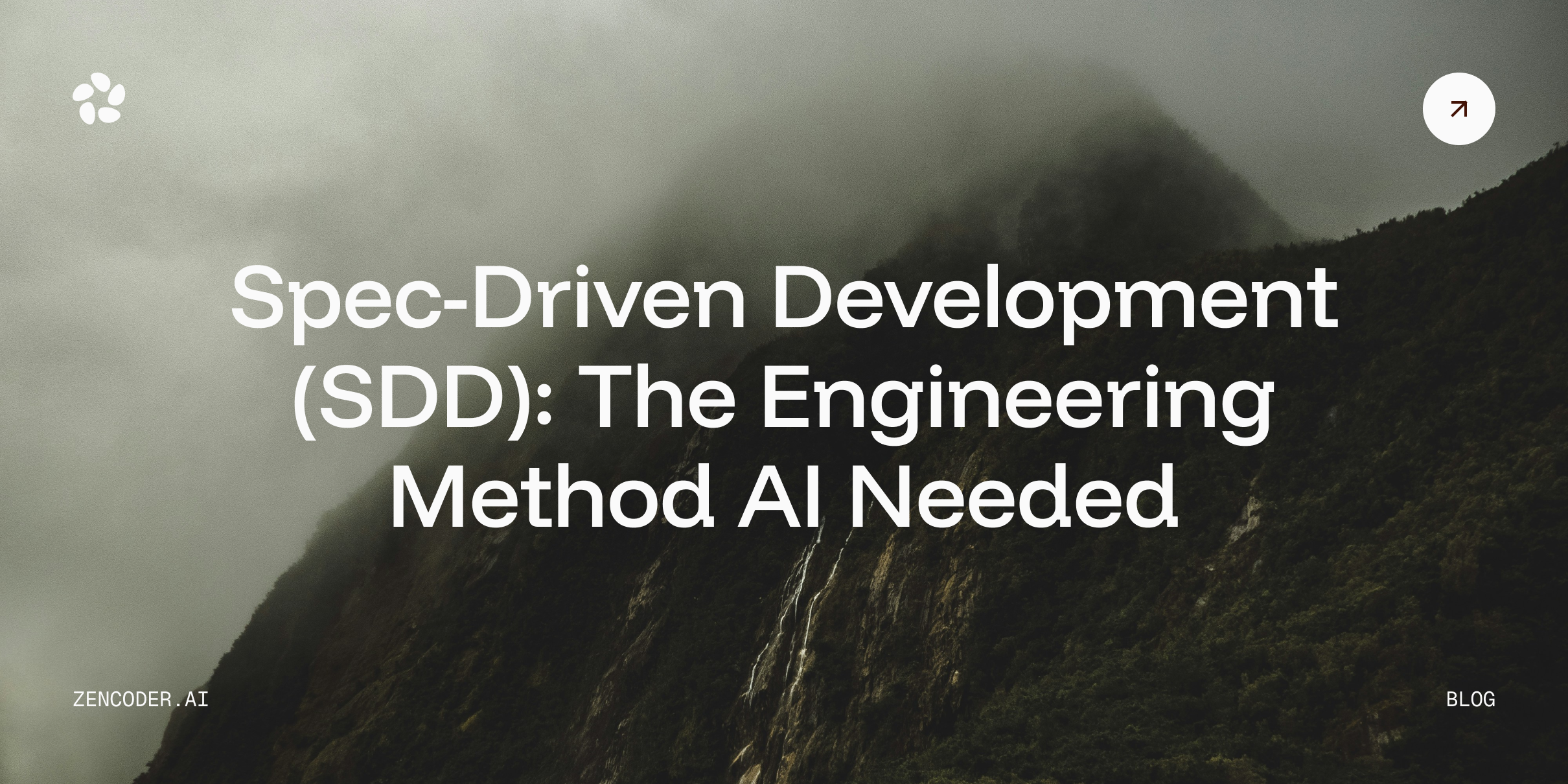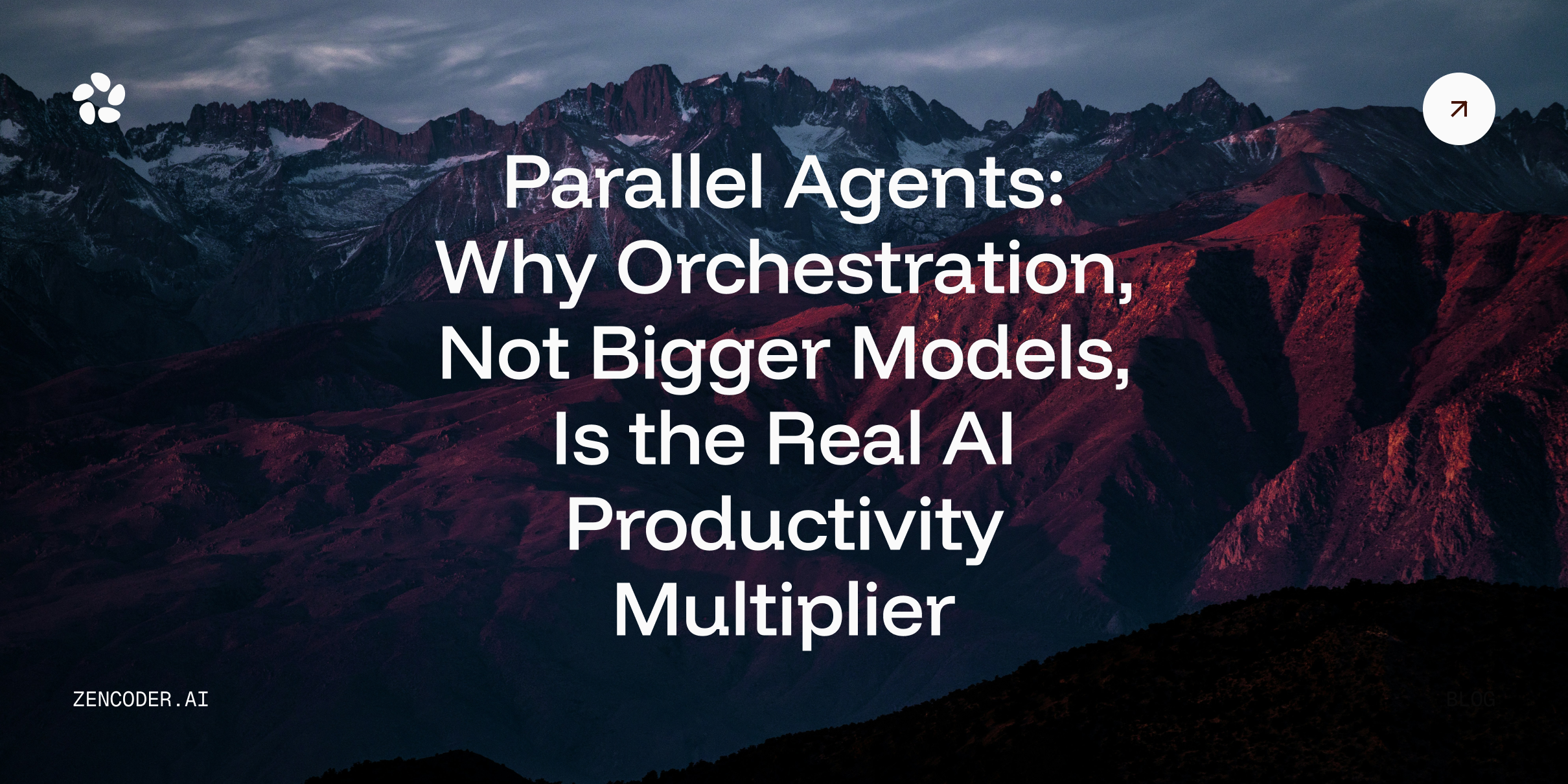Docstring generation revolutionizes the way we document code by incorporating automation in the creation of class and code comments. But what is docstring generation?
It’s a powerful tool for creating consistent and detailed code documentation. Developers can significantly benefit from it. By incorporating automation into this process, including the creation of class and code comments, we save time and reduce errors. Let’s explore how it enhances our coding practices.
What Are Docstrings?
Docstrings are essential components of code documentation.
They are specially formatted strings used to describe the functionality, parameters, and returns of functions, modules, classes, and methods within the code. Nestled beneath the function or method definition, docstrings provide an immediate understanding of what the code is supposed to do. Consequently, they serve as vital tools for both current and future developers working on the project.
Adopting docstrings improves code readability. Well-written docstrings and code comments ensure that the purpose and mechanics of your code are immediately clear to anyone reading it, which is particularly valuable in collaborative settings. High-quality docstring documentation aids in onboarding new team members and enhances ongoing project maintenance.
In effect, comprehensive docstrings bridge the knowledge gap between different developers, environments, and even different stages of a developer's career. The prominence of docstrings in increasing code maintainability and readability has made them a de facto standard in many programming languages, including Python. By embedding meaningful documentation directly within the codebase, we are setting the stage for a more cohesive and productive development process.
Importance of Docstrings
Docstrings are essential for clear and concise code documentation, enhancing code readability and maintainability.
Effective docstrings offer immediate insight into a function's purpose. They describe what a function does, its parameters, return values, and potential exceptions, as well as the structure and purpose of each class. This practice helps ensure that anyone reading the code can quickly understand its functionality and inner workings.
More importantly, the use of structured and informative docstrings aids greatly in collaborative environments. It minimizes the friction of knowledge transfer between team members and supports the onboarding of new developers, leveraging a consistent and standardized approach to documentation across the entire codebase, particularly for each class definition.
Benefits of Docstring Generation Tools
Multi-line docstring generation tools immensely streamline the documentation process through automation, offering immediate advantages such as time savings. These tools automatically produce accurate docstrings, which is particularly beneficial for large, complex codebases where manual documentation would be a daunting task. Further, a tool to generate docstrings automatically can help give back time to developers to focus on high value tasks.
In addition to time savings, these tools ensure a level of uniformity and thoroughness that manual efforts might lack. They inherently follow best practices, providing structured documentation for functions, parameters, and return values. By integrating such tools into our development workflow, we can achieve higher quality and consistency in our code documentation, thus enhancing collaboration and maintainability.
Improved Code Readability
Docstring generation significantly boosts code readability by offering clean, concise, and informative documentation. It makes navigating through a codebase an effortless and engaging experience.
By systematically documenting functions, parameters, and return values, we facilitate seamless understanding among developers, regardless of their familiarity with the specific code.
Consistent documentation reduces time spent deciphering code logic.
Ultimately, improved readability translates to higher productivity. Teams can onboard new members swiftly, and existing developers can revisit code with minimal friction, promoting continuous innovation and efficiency.
Enhanced Collaboration
Accurate and consistent docstrings improve collaboration among developers by ensuring everyone comprehends the codebase.
- Simplified Code Review: Documented functions make code reviews quicker and more intuitive.
- Clear Role Distribution: Well-documented code enables team members to understand their specific tasks easily.
- Seamless Onboarding: New developers are onboarded faster with comprehensive docstrings.
- Minimized Miscommunication: Detailed documentation reduces the possibility of misunderstandings among team members.
Collaborative projects benefit immensely from consistent documentation standards.
Efficiently utilizing docstring generation tools ensures that documentation is thorough and uniform across the entire team.
How Docstring Generation Works
At its core, docstring generation involves creating structured comments within source code to describe the functionalities of classes and methods.
In practice, this means leveraging tools or AI models adept at natural language processing (NLP) to convert code contexts into comprehensible descriptions. These AI models, trained on extensive programming literature, extract pertinent details such as method functionality, input parameters, and return types to generate thorough docstrings.
Typically, the process begins when a docstring generation tool scans the source code. It analyzes function signatures, class hierarchies, file structures, and variable names while sometimes considering existing comments to produce accurate, context-aware docstrings.
What makes these tools increasingly valuable is their ability to reduce manual documentation workload, ensuring consistency and accuracy. By automating the tedious aspects of docstring creation, developers can focus more on coding and problem-solving, resulting in improved productivity and more reliable software documentation.
Zencoder's doctring generation systematically scans the repository and code and analyzes the code to generate high quality docstrings. It brings clarity to developers codebase through well-documented code, and helping them effortlessly navigate the complexities of thier software projects.
Challenges in Docstring Generation
Despite significant advancements in natural language processing, AI-generated docstrings can still encounter several obstacles. Semantic nuances and context-specific details often elude automated tools, leading to potential inaccuracies. Complex codebases and unconventional coding styles further exacerbate these challenges, necessitating diligent human oversight to ensure the highest quality documentation.
Time Constraints
Time constraints often hinder thorough documentation efforts, impacting overall code quality.
For developers, the pressure to deliver a functional product within strict deadlines makes it challenging to maintain pristine documentation. The urgency to meet release schedules usually means that adding detailed docstrings takes a backseat, resulting in inconsistent, sparse, or even missing documentation.
Interestingly, this scarcity of time creates a compelling case for adopting automated docstring generation tools. By leveraging these tools, developers can quickly generate preliminary documentation that can be refined later, thus balancing the focus between coding and documentation without compromising either.
Effectively, harnessing the power of automated docstring generation under tight time constraints allows for the creation of a robust initial documentation layer. This practice not only aids in immediate code readability but also ensures long-term maintainability by providing a solid foundation that can be iteratively improved.
Ensuring Consistency
Ensuring consistency in documentation is paramount for maintaining code quality and facilitating collaboration.
- Standardizable Output: Enforces uniformity in docstring format.
- Reduced Developer Overhead: Minimizes manual documentation efforts.
- Improved Code Review Efficiency: Standardized docstrings make reviews smoother.
- Enhanced Readability: Consistency aids in quicker understanding.
- Facilitates Onboarding: New developers can easily grasp code structure.
Automated docstring generation tools play a crucial role in maintaining this uniformity.
With consistency assured, teams can collaborate more effectively, leading to better project outcomes.
Future Trends in Docstring Generation
The future of docstring generation is poised to significantly transform our coding practices and collaborative workflows. In the coming years, advancements in AI and natural language processing are expected to drive substantial improvements in the precision and contextual understanding of generated docstrings.
We will see integration of advanced machine learning models that can learn from vast repositories of well-documented code, allowing for more contextually accurate and informative docstrings. Another exciting trend is for tools that offer real-time suggestions as developers code, seamlessly integrating documentation into the development process.
Ultimately, these innovations will streamline coding workflows and further enhance code quality and maintainability.
Best Practices for Reviewing Auto-Generated Docstrings
Ensuring accuracy should be your foremost priority. Carefully compare the auto-generated docstring with the actual functionality of the code. This step is crucial to verify that the description accurately reflects the code's intent and behavior. Consequently, make sure to validate elements such as parameter descriptions, return values, and any specific usage notes that might be relevant.
Check for completeness and clarity. Docstrings should fully and unambiguously describe the function's parameters and outputs. If the tool has omitted any crucial details or included misleading information, take the time to correct it and add necessary annotations.
Boost readability by adhering to a consistent format—be it Google, NumPy, or Sphinx style guides.
Once you have vetted the docstrings for accuracy and completeness, ensure they are easy to understand and use consistent terminology and structure with the rest of your codebase. This practice not only aids in documentation uniformity but also in future maintenance and collaboration.




